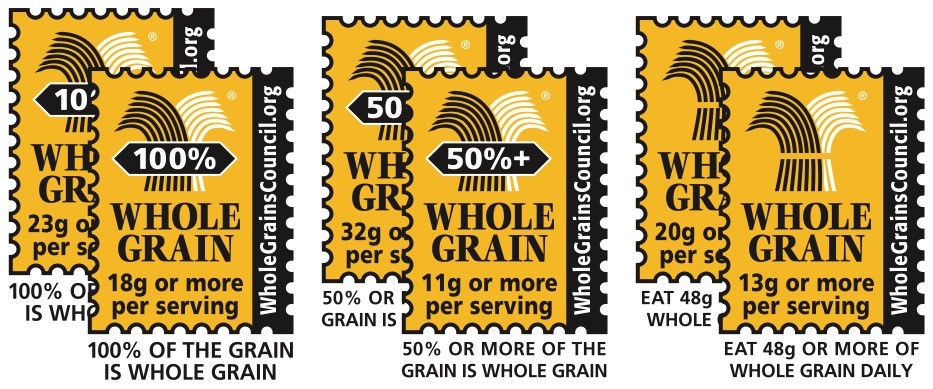At the grocery store, what should I be looking for in a healthy bread?

When at the grocery store, it can be easy to get overwhelmed with the variety of different brands claiming different health benefits of the same type of product. Many of the different kinds of labels can be confusing and hard to read, check out this article we have that will help you to decipher some of the labels and claims on different food products.
Choosing grain products that will maximize health benefits doesn’t have to be hard. When staring down the wall of differing products you don’t have to pick the one that is the most expensive or the one with the fanciest packaging. Go for any of the whole grain options. This includes things such as picking whole wheat bread over white, picking barley or brown rice over white rice, or picking whole wheat cracker and pasta. Click here to learn about how to eat whole grains on a budget. And it is actually very easy to make sure that you are choosing the right whole grain option- read the ingredient list. Look for whole grains or whole wheat. This means the maker of that food product used whole wheat in their recipe.
Health Canada recommends that of your six daily servings of whole grains, a minimum of three of those servings should be whole grain. According to the Harvard School of Public Health, whole grains contain fibre, B-vitamins, iron, copper, zinc, magnesium, antioxidants, healthy fats, vitamin E, carbohydrates, protein and phytochemicals (these are natural chemical compounds that have been linked to disease prevention). According to the same source, eating whole grains can help to maintain blood sugar levels, lower cholesterol, help move waste through our digestive tracts, help prevent the formation of small blood clots that can trigger heart attacks or stroke, and the phytochemicals and other essential minerals may help to protect against some cancers.

In terms of picking the healthiest loaf of bread or grain products in general, find loaves that are truly a good source of whole grains, be sure to check the ingredients or look for the whole grain symbol. When looking at the ingredient list, the closer the whole grain is to the beginning of the list, the more whole grains are in the loaf. Learn more about whole grains from Health Canada.
Lastly, pay attention to the sodium and sugar levels. Whole grains pack a nutty, sweet flavour on their own and don’t need extra sodium and sugar. Look for a loaf that has less than 200mg of sodium and 2g or less of sugar per loaf. Try to pick products that use natural sweeteners such as honey or molasses.
Choosing whole grain foods can help be a part of your healthy balanced lifestyle. Be sure to explore our #wholegrain blog posts on this blog to learn more about Ontario’s whole grains, and how you can eat more.



